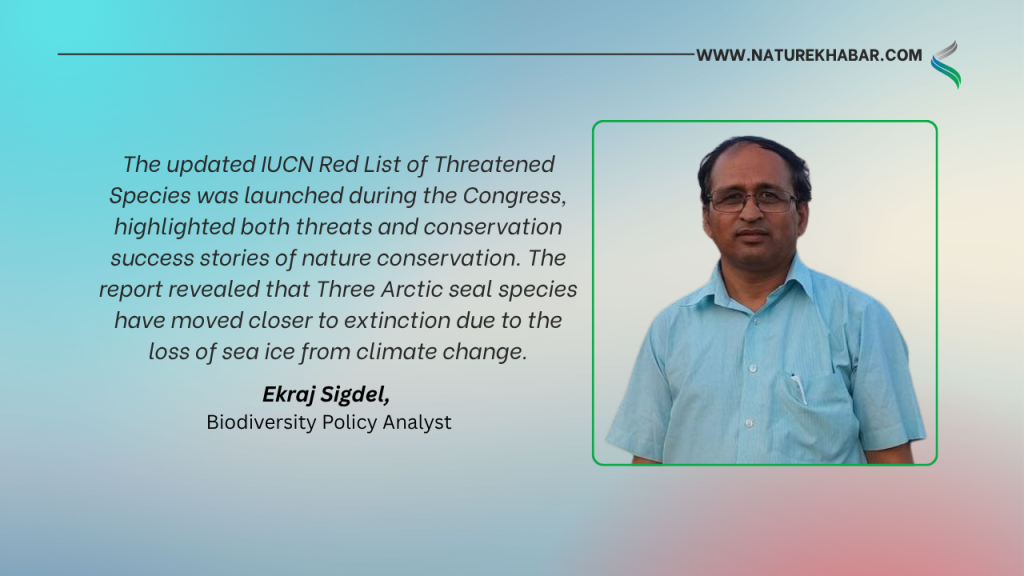Is plastic pollution posing a growing threat to rhino survival ?
- Nature Khabar

-Pooja Lama,
A major threat to the survival of the species is poaching and habitat loss brought on by human encroachment into the possible habitat of the species. Initially, a study on seed dissemination through rhino dung samples was carried out by a team of researchers in the latrine sites of the core area of Chitwan National Park and its periphery areas during the monsoon and post-monsoon seasons of two consecutive years, 2020 and 2021(Awasthi et al., 2023). The researchers were taken aback by the discovery of visible plastic debris from 220 faecal samples; which led them to initiate a study to assess the presence of plastic in dung samples in the year 2022.
The study's findings showed that, of the 258 rhino dung samples examined over the course of three years, 10.1% had detectable plastic components. Eight distinct types of plastic were discovered in the dung samples; they comprised six soft items (such as chewing tobacco sachets, plastic bags, biscuit packets, rubber bands, chocolate packets, and shampoo packets) and two hard items (such as plastic balls and Coca-Cola bottle tops). According to the study, faeces samples from National Park include more plastic than dung samples that were gathered from nearby regions. It doesn't seem like rhinos hunt for food in landfills. Apparently, rhinos do not hunt for food in landfills. Researchers have, however, identified two possible origins for the plastic discovered in faeces samples.
The rubbish left behind by tourists and other park visitors, such as tobacco or biscuit packets, plastic bottles, and face masks, as well as the monsoonal floods that bring plastic down the river and dump it in habitat where rhinos prefer to graze. Although there haven't been any documented rhino deaths as a result of plastic eating, the author notes that plastic pollution is still a worrying problem that shouldn't be disregarded. The claim is further supported byBucci et al. (2020), who reported that animal fatalities and health issues are associated with plastic ingestion. Ingested plastics can also produce toxins like polychlorinated biphenyls, which can cause sickness, reproductive abnormalities, changed hormone levels, or even death, according to a review by Derraik (2002).
Researchers have advised the relevant authorities to focus on waste management strategies in all rhino habitats and in the river catchments that flow through these habitats. This should be done in conjunction with timely cleanup campaigns and the removal of any plastic that may have been deposited in the rhino habitat following monsoonal floods. The author further recommends that research be done on the effects of plastic consumption on rhinos and other wildlife in placesthat frequently witness the human encroachment.
It is therefore imperative that people understand the consequences of using plastic, as doing so puts not only their own existence but also the life of all other living things on the planet at danger.
References
-Awasthi, B., Lamichhane, B. R., & McConkey, K. R. (2023). Plastic ingestion by greater one-horned rhinos in Nepal: An emerging conservation threat. Global Ecology and Conservation, 46.
-Bucci, K., Tulio, M., & Rochman, C. (2020). What is known and unknown about the effects of plastic pollution: A meta‐analysis and systematic review. Ecological Applications, 30(2), e02044.
-Derraik, J. G. B. (2002). The pollution of the marine environment by plastic debris: a review. Marine Pollution Bulletin, 44, 842–852.





Feedback